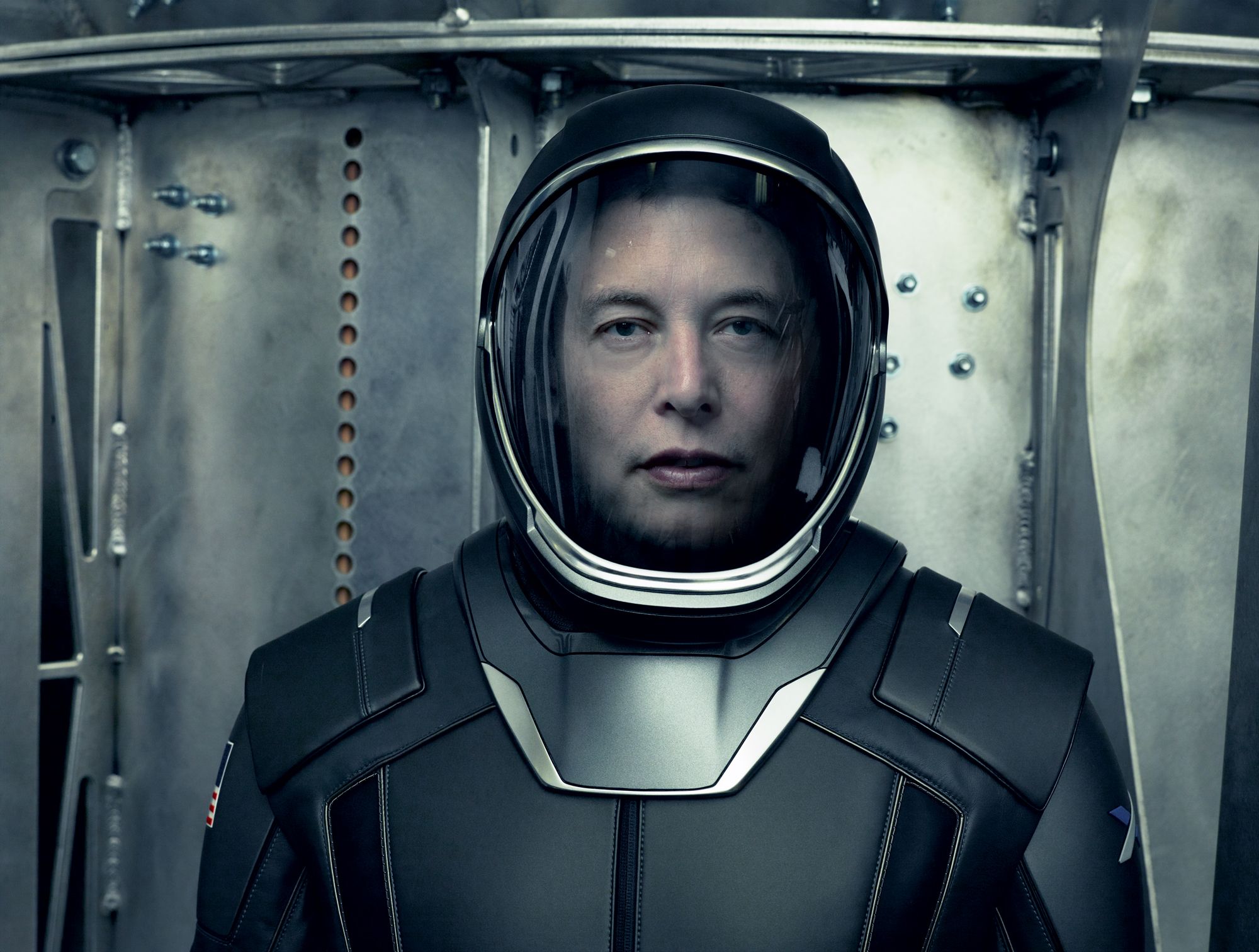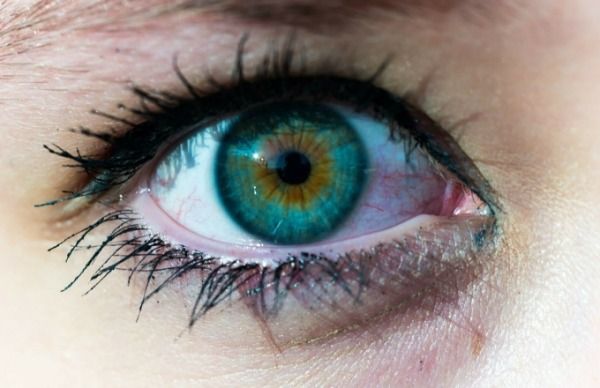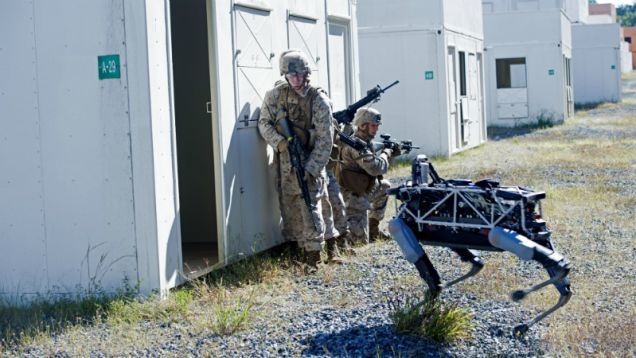The Apple Watch is just the start. How wearable tech will change your life—like it or not. http://ti.me/1qiDf9Q
Page 11384
Sep 21, 2015
Unhackable kernel could keep all computers safe from cyberattack
Posted by Dan Kummer in categories: biotech/medical, cybercrime/malcode
From helicopters to medical devices and power stations, mathematical proof that software at the heart of an operating system is secure could keep hackers out.
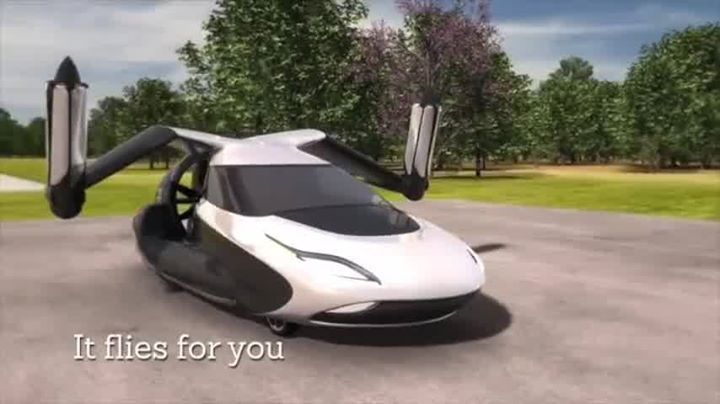
https://www.youtube.com/watch?v=wSvGSnOQms8
I’ll take one.
TF-X Flying Car IDEA
GI Page: https://www.facebook.com/gigigadgets
Sep 21, 2015
The studio behind Monument Valley is set to launch its first VR game
Posted by Dan Kummer in categories: entertainment, virtual reality
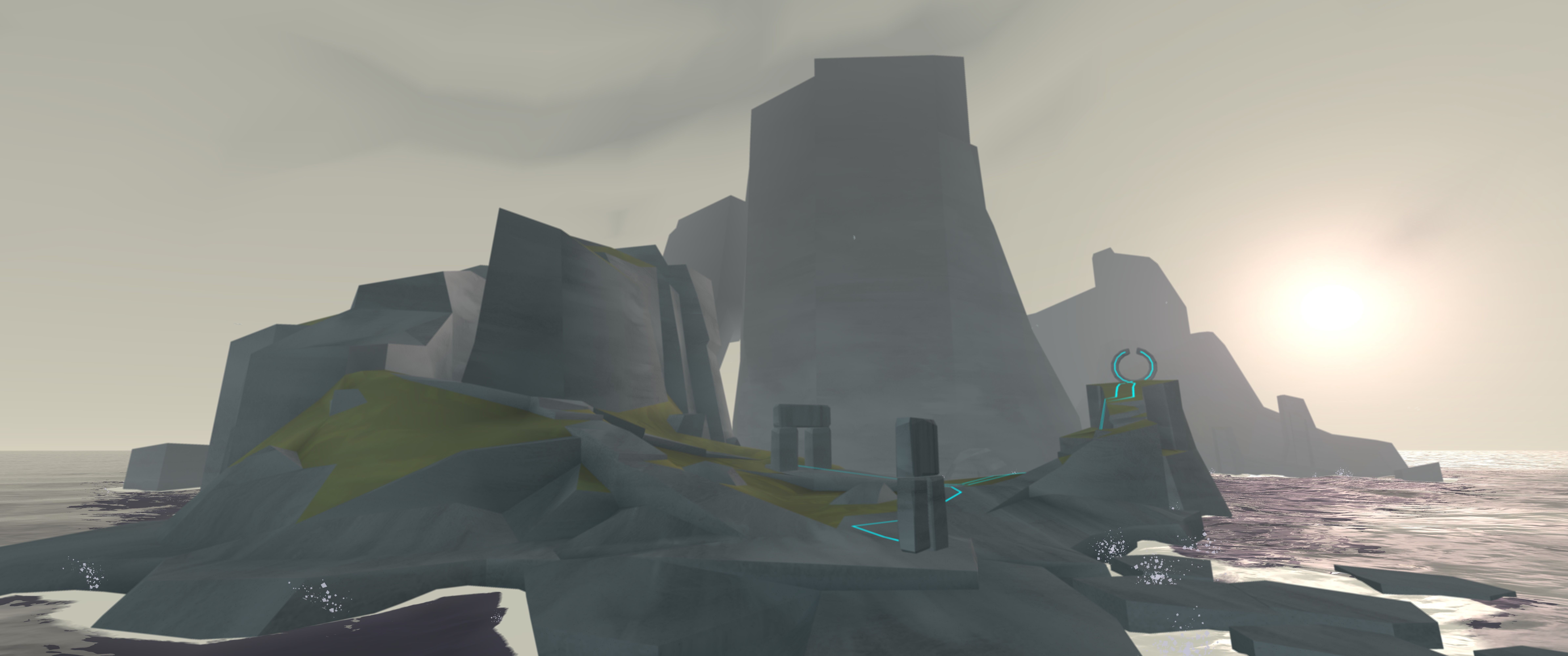
https://youtube.com/watch?v=XwJ9fiH2Ksw
One of the most remarkable things about Monument Valley, the mobile puzzler from Ustwo, was how it managed to lure in people who don’t play games. Its intuitive controls and beautiful, MC Escher-inspired worlds made it the rare blockbuster that almost anyone could play. And now the studio is looking to do the same thing in virtual reality. On October 30th, Ustwo will release Land’s End on Samsung’s Gear VR, an exploration game that maintains many of the same principles of Monument Valley — stunning art, accessible controls — and transports them to a 3D space.
“The thing we wanted to do, is to bring our way of thinking to VR,” explains Peter Pashley, technical director at Ustwo Games. “We find that a lot of people who are making VR experiences are kind of making quite traditional games. I wanted to make sure that our branding was represented in the early days of VR.”
Continue reading “The studio behind Monument Valley is set to launch its first VR game” »
Sep 21, 2015
The best way to colonize Mars is crazier than Elon Musk’s idea of dropping nukes on the planet
Posted by Sean Brazell in categories: Elon Musk, space
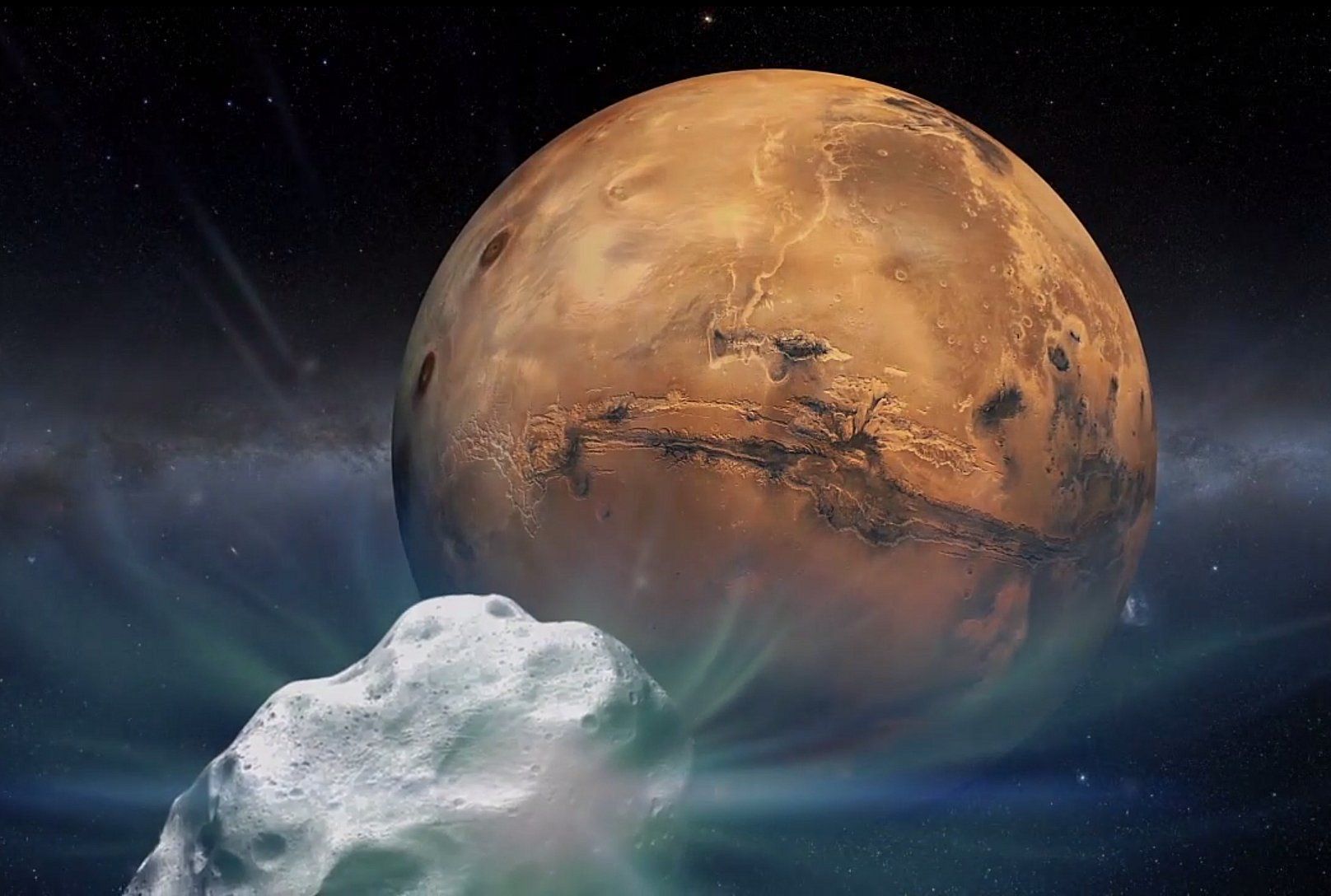
Right now, Mars is a frozen, lifeless, and entirely inhospitable place.
Yet the Red Planet holds great promise, and SpaceX CEO Elon Musk recently discussed its future with comedian and television host Stephen Colbert.
Sep 21, 2015
Elon Musk, CEO of Tesla and SpaceX, Wants to Change How (and Where) Humans Live
Posted by Klaus Baldauf in categories: Elon Musk, robotics/AI, space travel
Making spaceships and electric supercars isn’t enough for Elon Musk. Meghan Daum meets the entrepreneur who wants to save the world.
The name sounds like a men’s cologne. Or a type of ox. It sounds possibly made up. But then, so much about Elon Musk seems the creation of a fiction writer—and not necessarily one committed to realism. At 44, Musk is both superstar entrepreneur and mad scientist. Sixteen years after cofounding a company called X.com that would, following a merger, go on to become PayPal, he’s launched the electric carmaker Tesla Motors and the aerospace manufacturer SpaceX, which are among the most closely watched—some would say obsessed-over—companies in the world. He has been compared to the Christian Grey character in the Fifty Shades of Grey movie, though not as often as he’s been called “the real Tony Stark,” referring to the playboy tech entrepreneur whose alter ego, Iron Man, rescues the universe from various manifestations of evil.
The Iron Man comparison is, strangely, as apt as it is hyperbolic, since Musk has the boyish air of a nascent superhero and says his ultimate aim is to save humanity from what he sees as its eventual and unavoidable demise—from any number of causes, carbon consumption high among them. (As it happens, he met with Robert Downey, Jr., to discuss the Tony Stark role, and his factory doubled as the villain’s hideaway in Iron Man 2.) To this end he’s building his own rockets, envisioning a future in which we colonize Mars, funding research aimed at keeping artificial intelligence beneficial to humanity, and making lithium-ion electric batteries that might, one day, put the internal-combustion engine out to pasture.
Sep 21, 2015
Scientists May Have Finally Discovered a Cure for Blindness
Posted by Sean Brazell in category: biotech/medical
Following the FDA’s recent approval, human trials are expected to begin by the end of the year.
Sep 21, 2015
The Marines Are Sending This Robotic Dog Into Simulated Combat
Posted by Albert Sanchez in categories: military, robotics/AI
The battlefield can be one of the most useful places for robots. And now, the US Marines are testing out Spot, a robo dog built by Boston Dynamics to see how helpful the ‘bot could be in combat.
Remember Big Dog, also from Google-owned robotics company Boston Dynamics? Well, Spot is a tinier, more agile iteration: At 160 pounds, it’s hydraulically actuated with a sensor on its noggin that aids in navigation. It’s controlled by a laptop-connected game controller, which a hidden operator can use up to 1,600 feet away. The four-legged all-terrain robo pup was revealed in February. Robots in combat aren’t new, but Spot signals a quieter, leaner alternative that hints at the strides made in this arena.
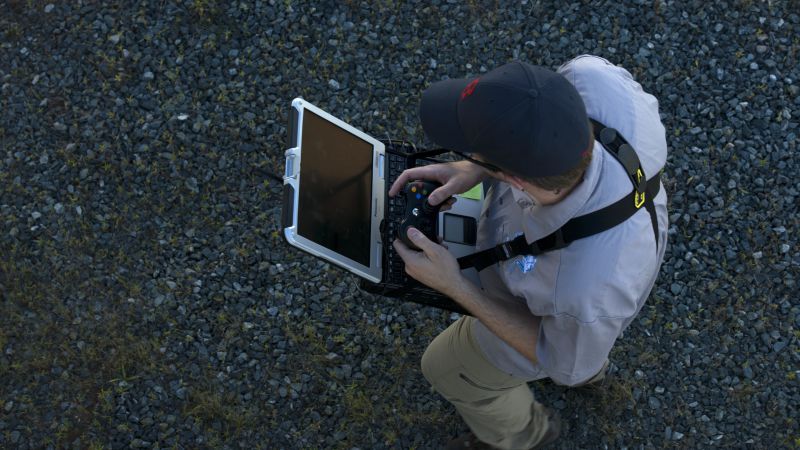
Sep 21, 2015
Crystallizing the DNA nanotechnology dream: Scientists have designed the first large DNA crystals
Posted by Shailesh Prasad in categories: biotech/medical, chemistry, computing, engineering, materials, nanotechnology
DNA has garnered attention for its potential as a programmable material platform that could spawn entire new and revolutionary nanodevices in computer science, microscopy, biology, and more. Researchers have been working to master the ability to coax DNA molecules to self assemble into the precise shapes and sizes needed in order to fully realize these nanotechnology dreams.
For the last 20 years, scientists have tried to design large DNA crystals with precisely prescribed depth and complex features – a design quest just fulfilled by a team at Harvard’s Wyss Institute for Biologically Inspired Engineering. The team built 32 DNA crystals with precisely-defined depth and an assortment of sophisticated three-dimensional (3D) features, an advance reported in Nature Chemistry.
The team used their “DNA-brick self-assembly” method, which was first unveiled in a 2012 Science publication when they created more than 100 3D complex nanostructures about the size of viruses. The newly-achieved periodic crystal structures are more than 1000 times larger than those discrete DNA brick structures, sizing up closer to a speck of dust, which is actually quite large in the world of DNA nanotechnology.
Sep 21, 2015
This is the future of Photoshop and it feels like magic
Posted by Shailesh Prasad in category: futurism
Adobe has made a video with its vision for the future of its tablet-based graphic applications. Photoshop, Illustrator, Premiere… it is really amazing, almost unbelievable—borderline magical, really. Check it out.
If they achieve a fraction of what is show here, I would be happy. I have no doubt that all the features will happen eventually, but I want them all right now.

